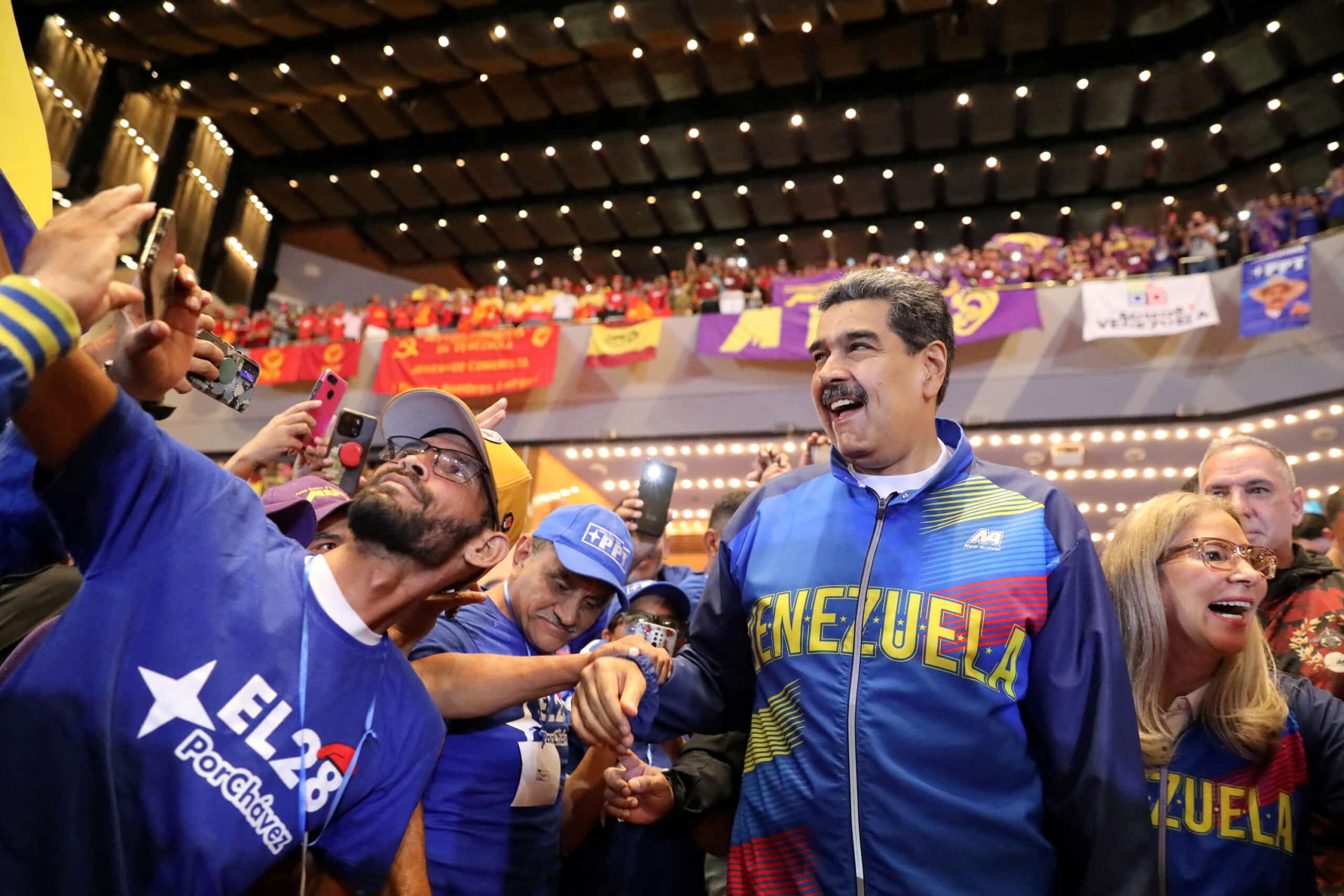Venezuela’s Bold Move Amidst Territorial Dispute
In a move that has raised eyebrows internationally, Venezuelan lawmakers have taken a significant step by approving the establishment of a new state within an area that is currently the subject of a contentious dispute with neighboring Guyana. This decision aligns with President Nicolas Maduro’s assertive claims over the Esequibo region, a vast expanse of 160,000 square kilometers. Despite the creation of this new state, named Guayana Esequiba, it is expected to have little immediate impact on the ground.
The move comes at a delicate time as both Venezuela and Guyana had previously agreed to refrain from any aggressive actions and to keep tensions at bay following discussions between President Maduro and the Guyanese leadership last December. However, the International Court of Justice (ICJ) is still in the process of determining rightful ownership of the territory, a decision that Venezuela has preemptively rejected. The Venezuelan government insists that a December referendum, which reportedly saw participation from over 10 million citizens, grants them authority over Esequibo and the right to commence oil exploration.
Despite claims of high voter turnout, independent observers noted an absence of queues at polling stations during the referendum. The results of the vote have yet to be disclosed by Venezuela’s electoral authorities. On the other side, Guyana remains firm in its stance, declaring its borders non-negotiable and expressing its intent to protect its sovereignty.
The legislation for Guayana Esequiba will be enacted upon publication in Venezuela’s official gazette. The law outlines the state’s boundaries, with Tumeremo, a city in Bolivar, designated as its provisional capital until a resolution is reached with Guyana. This development is part of Venezuela’s renewed focus on the Esequibo region, spurred by significant oil and gas discoveries and internal political challenges as the country approaches upcoming elections.






